A Gas Safety Inspection service is a crucial aspect of maintaining the safety, efficiency, and compliance of any property that utilizes gas appliances. This service is designed to ensure that all gas installations and appliances are operating correctly and safely, preventing potential hazards such as gas leaks, carbon monoxide poisoning, and fire risks. Here’s an in-depth look at what a Gas Safety Inspection service involves and its importance.
Key Components of Gas Safety Inspection Service
- Thorough Examination of Gas Appliances: Certified gas safety technicians conduct a comprehensive inspection of all gas appliances, which typically include:
- Boilers: Checking for proper operation, safety devices, and ventilation.
- Cookers and Ovens: Ensuring burners and ignition systems function correctly.
- Gas Fires: Verifying the condition of flues and gas pipes.
- Water Heaters: Inspecting for proper pressure, leaks, and efficiency.
- Inspection of Gas Installations and Pipework: The service includes a meticulous check of the gas installation and pipework throughout the property to identify any potential leaks or weaknesses. This involves:
- Leak Detection: Using specialized equipment to detect even minor gas leaks.
- Pressure Testing: Ensuring that the gas pressure is within the correct range for safe operation.
- Pipework Condition: Checking for any signs of corrosion, wear, or damage.
- Flue and Ventilation Checks: Proper ventilation and flue operation are critical for the safe functioning of gas appliances. The inspection will include:
- Flue Flow Test: Ensuring that combustion gases are being effectively expelled from the property.
- Ventilation Assessment: Checking that there is adequate ventilation to allow safe appliance operation.
- Safety Device Verification: Technicians will verify that all safety devices on gas appliances are functioning correctly. This includes:
- Carbon Monoxide Alarms: Ensuring alarms are present and operational.
- Safety Shut-off Valves: Checking that valves close correctly in the event of a fault.
- Performance Testing: Each appliance is tested to ensure it is operating efficiently and within manufacturer specifications. This helps identify any issues that could lead to inefficiencies or hazards.
- Detailed Reporting and Documentation: After the inspection, a detailed report is provided, which includes:
- Findings: A comprehensive list of all observations and any identified issues.
- Recommendations: Suggested actions or repairs needed to address any problems.
- Certification: Issuance of a Gas Safety Certificate (CP12), which is required for compliance, especially in rental properties.
Importance of Gas Safety Inspections
- Health and Safety Compliance: Regular gas safety inspections are often a legal requirement, especially for landlords and property managers. Compliance ensures that the property adheres to local and national safety regulations, avoiding legal penalties.
- Prevention of Hazards: Gas safety inspections help prevent serious hazards such as:
- Gas Leaks: Undetected gas leaks can lead to explosions or fires.
- Carbon Monoxide Poisoning: Faulty appliances can produce carbon monoxide, a deadly, odorless gas.
- Fire Risks: Improperly maintained appliances can cause fires.
- Efficiency and Cost Savings: Ensuring gas appliances are running efficiently can reduce energy bills and extend the lifespan of the appliances. Early identification of issues can prevent costly repairs and replacements.
- Peace of Mind: Knowing that all gas systems are thoroughly inspected and deemed safe provides peace of mind for property owners, tenants, and occupants.
Conclusion
A Gas Safety Inspection service is an essential part of property maintenance that safeguards lives and ensures compliance with safety regulations. By conducting thorough examinations of gas appliances, installations, and systems, certified technicians can identify and mitigate potential risks. Regular inspections not only protect against hazards but also promote efficiency and longevity of gas appliances, providing a safe and comfortable living or working environment.

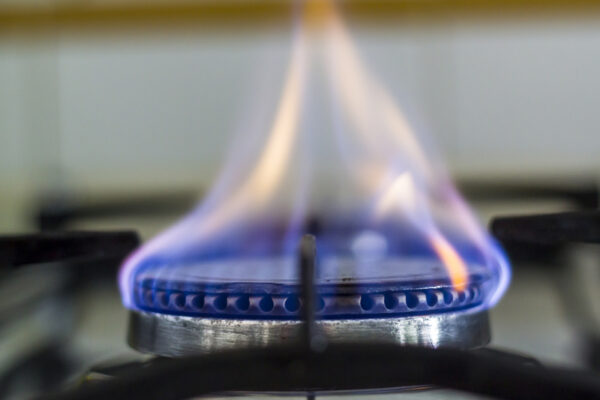
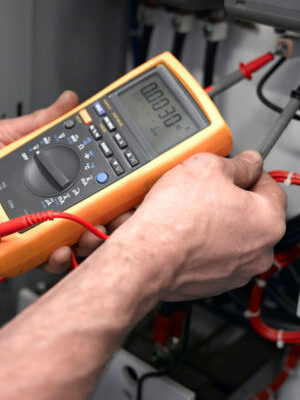
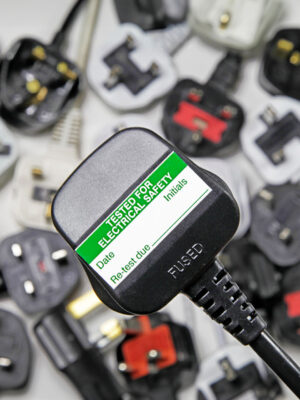
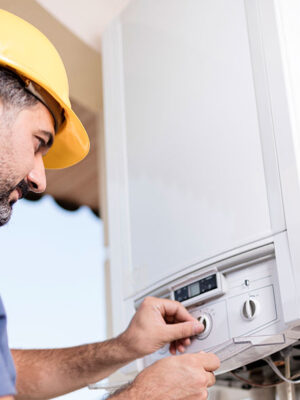
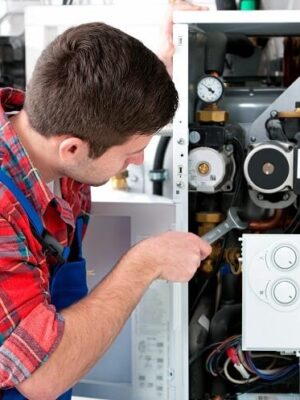
Reviews
There are no reviews yet.